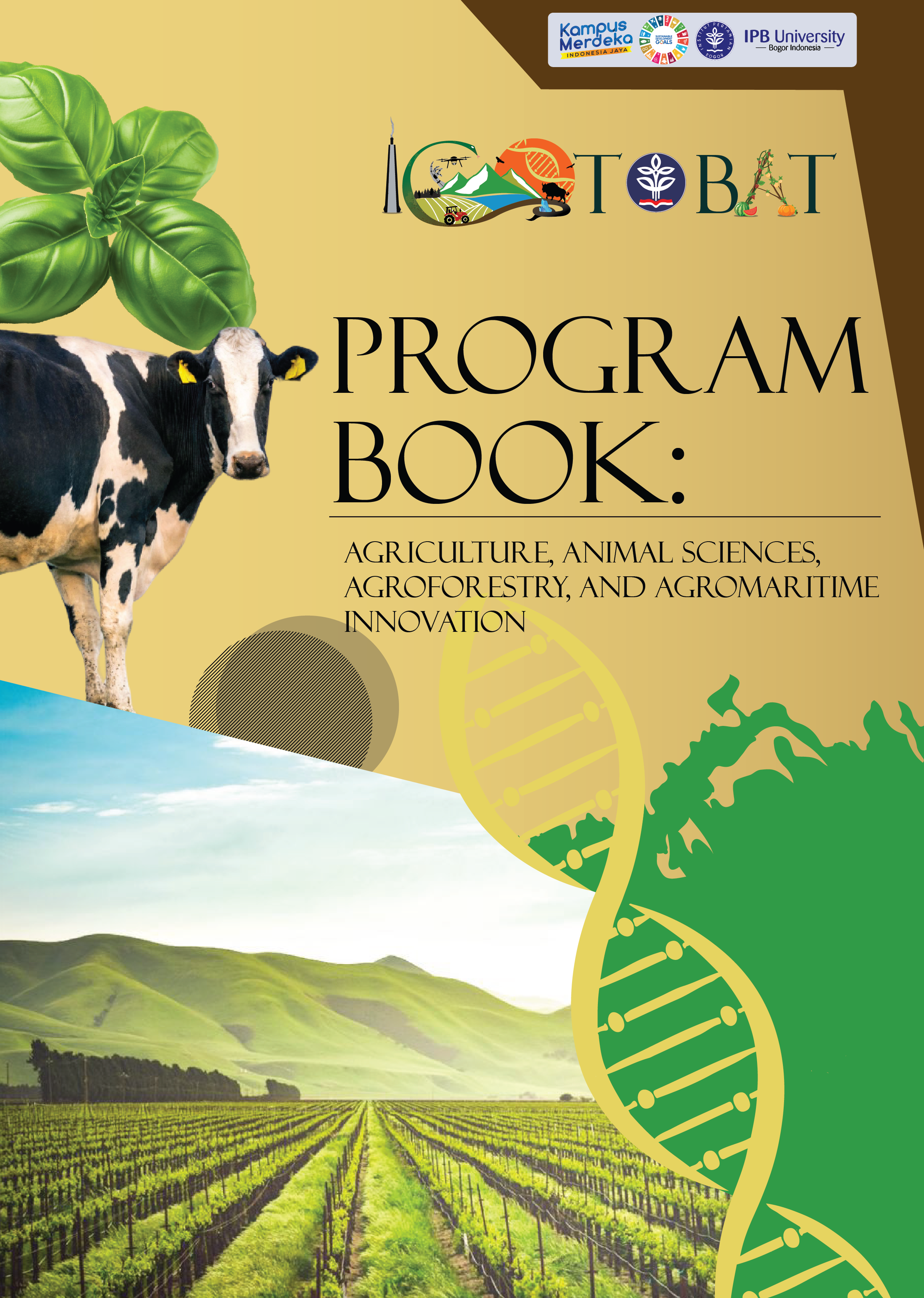Ex-situ conservation of begonia and its sustainable utilization in Indonesia
Keywords:
begonia, ex-situ conservation, collection management, breedingAbstract
Begonia (Begoniaceae) is one of the ten largest genera of Angiosperms, most of which have potential as foliage ornamentals. Indonesia is one of the centers of Begonia diversity in Southeast Asia. The species were distributed from Sumatra to Papua, including small islands. The objective of this study is to report on the conservation program of Begonia and its utilization in the Bali and Bogor Botanic Gardens. Begonia conservation activities have been taken seriously at the Bali BG since 2006, starting with exploration in several areas on Bali Island and eastern Indonesia. In 2008 Begonia’s House was built in Bali. The Bali BG has 328 species living collections, 142 of which unidentified to species level. Whereas in the Bogor BG, explorations were carried out starting in 2008 in Sulawesi and Sumatera Island. Currently, 124 species of living collections, 20 of which species were unidentified. In collaboration with scientists from various research institutions abroad, researchers from Indonesia have been working to describe 82 new species. Research and plant breeding have resulted in new varieties through both interspecific hybridization and mutation. The Bali BG has produced 10 new cultivars, and Bogor BG has 20 new cultivars of Begonia, and 4 cultivars have been granted Plant Breeders’ Rights.






























